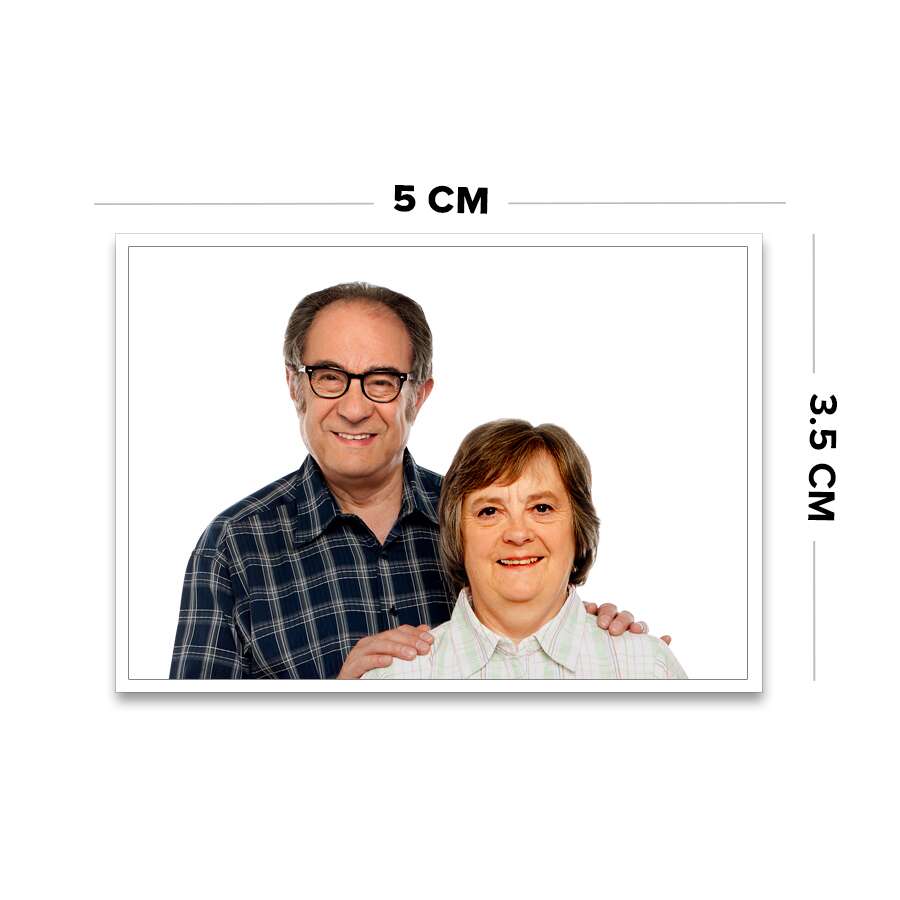Postcard Photo Size - Do's and Don'ts for Picture-Perfect Postcards
Postcards have been a cherished mode of communication and a tangible keepsake for centuries. They capture moments, convey sentiments, and provide a window into different parts of the world. While the digital age has revolutionized communication, postcards still hold a special place in our hearts. One of the key elements that make postcards so captivating is the photographs they feature. To ensure your postcard photographs are picture-perfect, it's essential to pay attention to postcard photo size and the do's and don'ts associated with it. In this article, we'll explore the intricacies of postcard photo size, guiding you through the essentials for creating stunning postcards.

The Basics of Postcard Photo Size
Before diving into the do's and don'ts of postcard photo size, let's establish a foundation by understanding the typical dimensions of postcards. In most cases, postcards are standardized at 4 inches by 6 inches (10.16 cm by 15.24 cm) or 5 inches by 7 inches (12.7 cm by 17.78 cm). These dimensions provide a convenient canvas for your photos, allowing you to showcase your chosen image while leaving room for text and other details.
Now, let's explore the do's and don'ts of postcard photo size:
The Do's:
-
Choose High-Quality Images: To create a visually appealing postcard, always start with high-resolution images. Low-quality photos can appear pixelated when enlarged to fit the postcard dimensions, diminishing the overall impact.
-
Follow the Aspect Ratio: Stick to the aspect ratio of your chosen postcard size. For example, if you're using a 4x6 postcard, your photo should have an aspect ratio of 2:3. This ensures your image fits the card without any distortion.
-
Crop with Care: When cropping your image to fit the postcard, ensure that you retain the essential elements of the photo. Focus on the subject or main point of interest, and eliminate unnecessary distractions.
-
Consider Bleed and Trim Areas: Some postcards may have a bleed area, which extends the design beyond the final trim size. When designing your postcard, be mindful of this bleed area, ensuring that crucial elements, such as text, are within the safe zone to avoid getting cut off during printing.
-
Balance Composition: Pay attention to composition principles, such as the rule of thirds or leading lines, to create visually pleasing postcard photos. A well-balanced composition can make your postcard more engaging.
-
Edit Thoughtfully: While photo editing can enhance your image, use editing tools judiciously. Overly saturated colors or excessive filters can detract from the authenticity of your postcard.
-
Test Print: Before ordering a batch of postcards, print a test copy to evaluate the color accuracy and overall appearance. Adjustments may be necessary to ensure the final printed postcards meet your expectations.
The Don'ts:
-
Don't Use Copyrighted Images Without Permission: Always respect copyright laws. Using copyrighted images without proper authorization can lead to legal issues. Opt for images you have the rights to use, or seek permission from the copyright holder.
-
Avoid Overcrowding: Resist the urge to cram too many elements into your postcard photo. Cluttered images can be overwhelming and detract from the message you want to convey.
-
Don't Neglect Resolution: Low-resolution images can result in fuzzy, unattractive postcards. Avoid using images that are too small or have a resolution lower than 300 DPI (dots per inch).
-
Steer Clear of Blurriness: Blurry photos can ruin the visual appeal of your postcard. Ensure your image is sharp and in focus.
-
Don't Stretch or Distort: Never stretch or distort your photo to fit the postcard dimensions. This can result in an unnatural appearance and compromise the quality of your postcard.
-
Avoid Distracting Backgrounds: Be mindful of the background in your photo. Busy or cluttered backgrounds can compete with the main subject and reduce the impact of your postcard.
-
Don't Ignore Color Profiles: Pay attention to color profiles when preparing your image for printing. Use the appropriate color space (usually CMYK for printing) to ensure accurate color reproduction.
To conclude, creating a postcard that stands out and leaves a lasting impression requires careful attention to postcard photo size and related guidelines. By following the do's and avoiding the don'ts, you can ensure that your postcards feature stunning photographs that captivate recipients and convey your message effectively. Remember that postcards are not just pieces of paper; they are cherished keepsakes that can evoke emotions and memories, making the effort you put into their design and photo selection all the more worthwhile.
Photo Convert Into 20KB